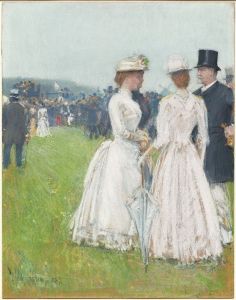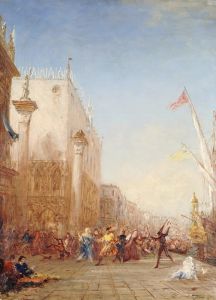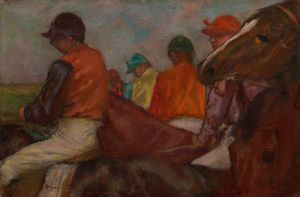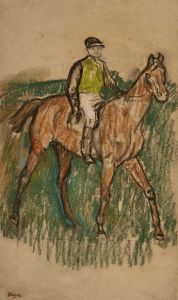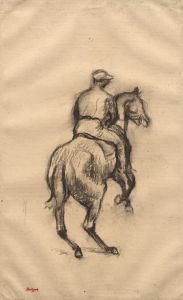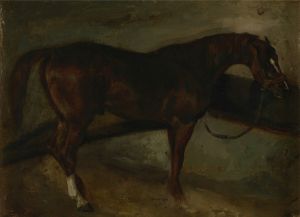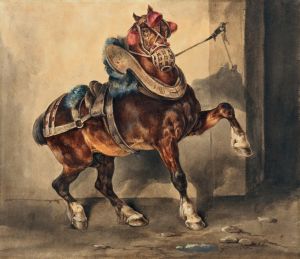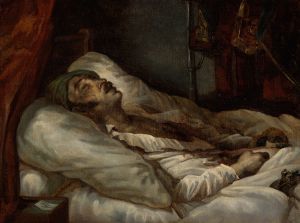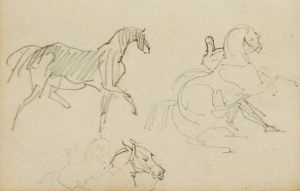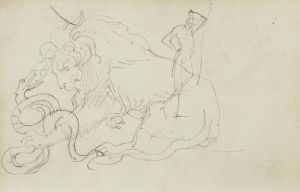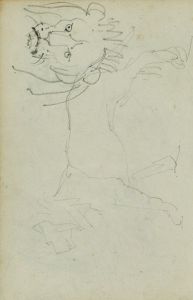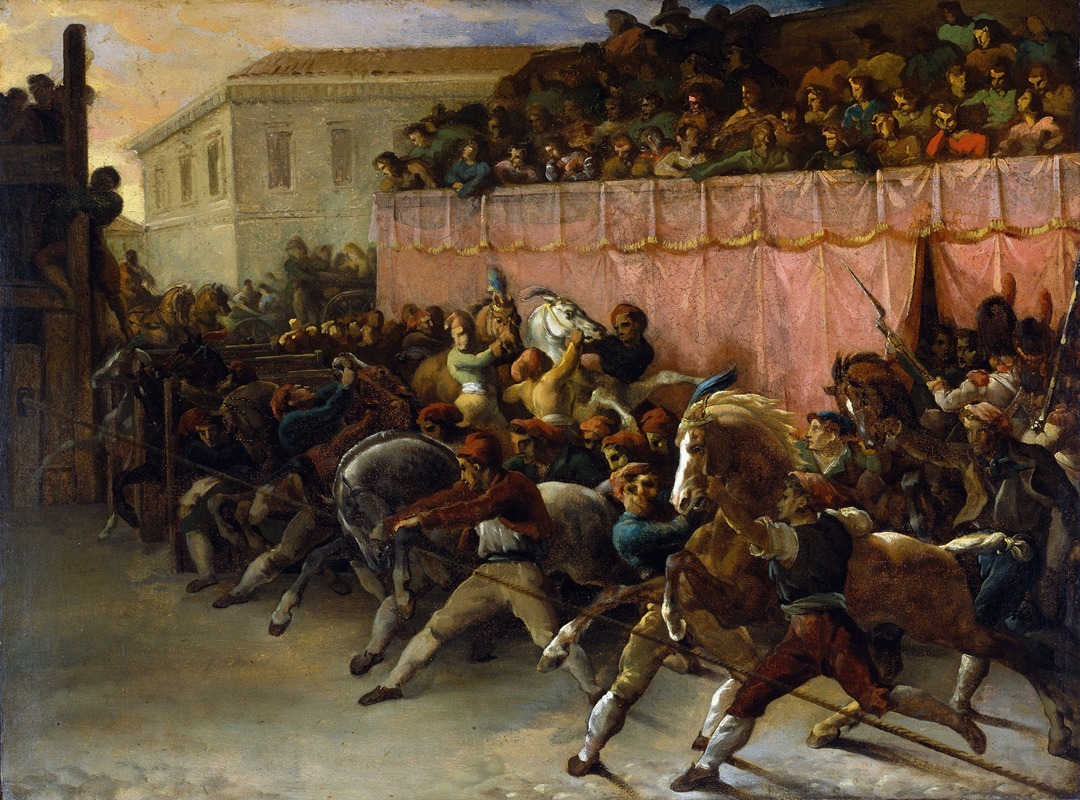
Riderless Racers at Rome
A hand-painted replica of Théodore Géricault’s masterpiece Riderless Racers at Rome, meticulously crafted by professional artists to capture the true essence of the original. Each piece is created with museum-quality canvas and rare mineral pigments, carefully painted by experienced artists with delicate brushstrokes and rich, layered colors to perfectly recreate the texture of the original artwork. Unlike machine-printed reproductions, this hand-painted version brings the painting to life, infused with the artist’s emotions and skill in every stroke. Whether for personal collection or home decoration, it instantly elevates the artistic atmosphere of any space.
Théodore Géricault's Riderless Racers at Rome is a painting created by the French Romantic artist in the early 19th century. The work is believed to have been painted around 1817, during Géricault's stay in Italy, where he was deeply influenced by the culture, history, and artistic traditions of the region. The painting depicts a dramatic and dynamic scene of riderless horses racing through the streets of Rome, capturing the raw energy and chaos of the event.
The subject of the painting is inspired by the traditional Roman horse races known as the "Corse dei Barberi," which were held during the Carnival of Rome. These races involved riderless horses, often Barbary horses, which were released to run through the city streets, guided only by their natural instincts and the excitement of the crowd. The event was a popular and thrilling spectacle, celebrated for its unpredictability and the sheer power of the animals.
In Riderless Racers at Rome, Géricault demonstrates his fascination with movement, anatomy, and the untamed spirit of the horses. The composition is marked by its sense of urgency and motion, with the horses depicted in various dynamic poses as they charge forward. Géricault's attention to detail in rendering the musculature and expressions of the animals reflects his deep study of equine anatomy, a recurring theme in his work. The painting also showcases his mastery of light and shadow, which he uses to heighten the drama and intensity of the scene.
This work is considered an example of Géricault's Romantic sensibilities, emphasizing emotion, energy, and the sublime power of nature. It also reflects his interest in themes of struggle and vitality, which are evident in many of his other works, including his most famous painting, The Raft of the Medusa.
While Riderless Racers at Rome is not as widely recognized as some of Géricault's other pieces, it remains an important example of his artistic exploration during his time in Italy. The painting is housed in the Musée des Beaux-Arts in Rouen, France, where it continues to be appreciated for its dynamic composition and technical excellence.
This artwork is a testament to Géricault's ability to capture the essence of movement and his enduring fascination with the power and beauty of horses, a theme that recurs throughout his oeuvre.






